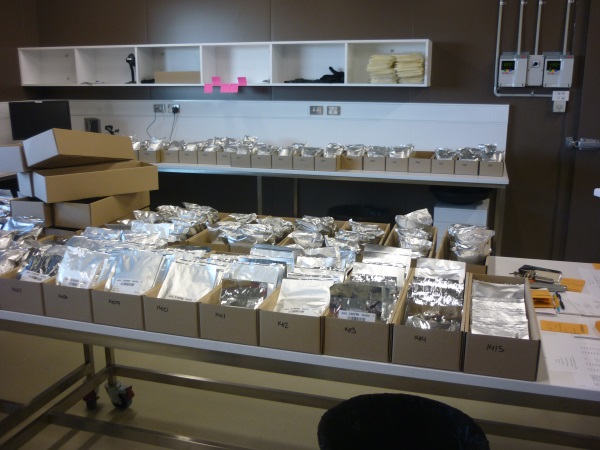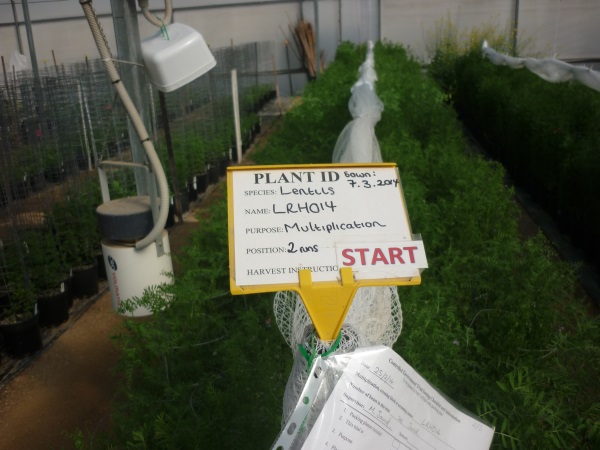Happy National Science Week everyone!
While maths and IT are my main teaching areas, I do dabble in science from time to time. This is the first year I haven’t taught VCE Physics, and I do science pracs once a week with my Year Nines and another teacher.
And anyway, science is mostly just maths anyway 😛 (though I will admit, there’s a lot more setting things on fire in science, which is fairly cool).
So my link to the science department was enough to get me recruited for an excursion last week, which we did for National Science Week (which is actually this week). The theme this year is “Food for our future: Science feeding the world”, so we visited the Grains Innovation Park in Horsham. The GIP is a world class research facility in our region that I was barely even aware of until this excursion was being organised.
Broadacre cropping is the major driver of the economy around our school, and many of our students live on farms (also, I’m from a farming family myself). So being able to relate science to what many of our students see every day is pretty awesome. Because our school’s so small, we were able to take all of our Year 9-12 kids along.
I took my camera along, and made it my person mission to find any references to maths that I could. The biology teacher who organised the trip teased me about this. I probably deserved it.

Foil packets storing seeds in the multi-million dollar Australian Grains Genebank.

Freezer used for storing seeds in the Genebank. These are kept at -20°C. We actually got to go in here briefly. It was a little worrying when we were warned not to touch any surfaces, “or you’ll be frozen stuck to it.”

A few small examples of seeds kept in the Genebank.

Lentils growing in an “igloo”, or greenhouse.

MULTIPLICATION! Oh, not that type…

This lab is basically a fancy bakery. They produce bread from various varieties of wheat and test it to give information back to grain breeders and growers.
They also test how quickly various legumes can be cooked. Australia exports a lot of legumes to Asia, so they are trying to reduce the cooking time and therefore the amount of fuel required by poor peoples. A great example of using science (and maths, by extension) to make the world a better place!

This machine stretches dough, basically. It’s really expensive. Okay, that’s not fair – testing how far the dough stretches indicates … something I can’t remember.

The Australian Grains Free Air Carbon Enrichment Project has the greatest acronym ever: AgFACE! Here a ring of tubes pumps out carbon dioxide around growing crops, to see what affect future atmospheric carbon levels will have on our ability to produce grains.
My search for maths wasn’t fruitless. (Fruitless! Because it’s about grain? Oh, forget it.) I found some research posters with some really cool scatter plots and all sorts of interesting data that I got pictures of, but I think I’ll get in trouble with the copyright police if I post them here.